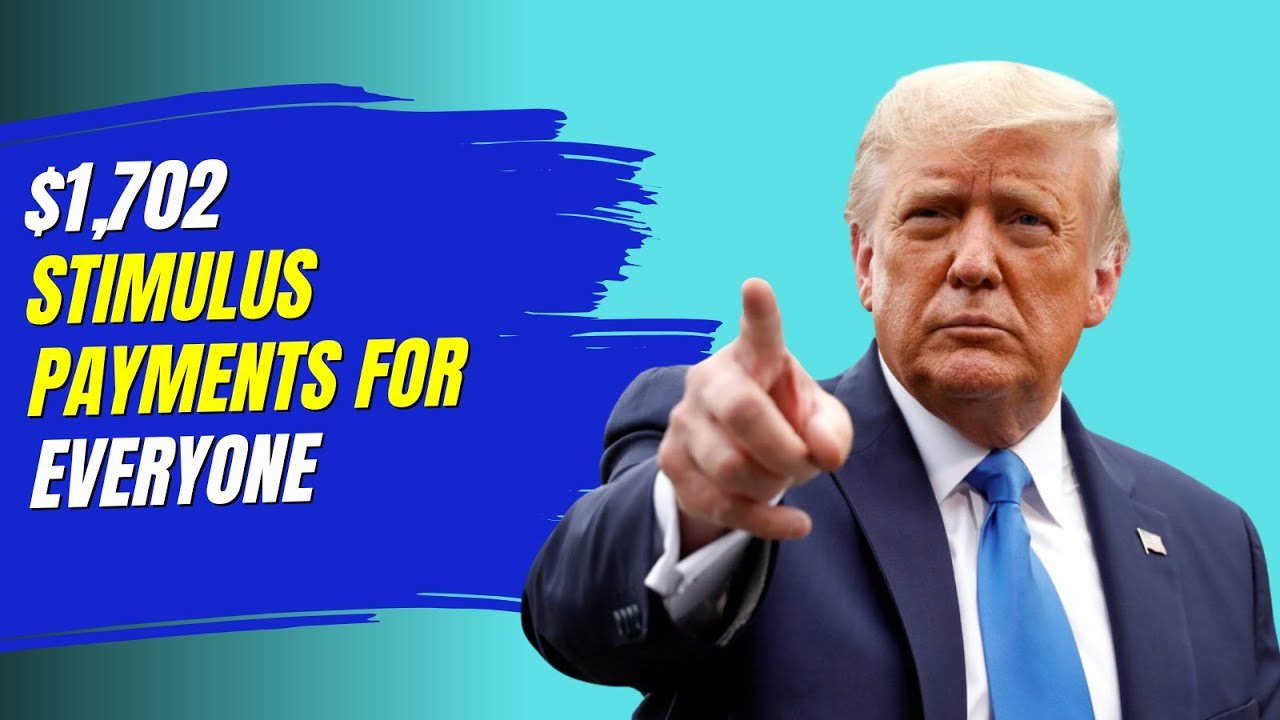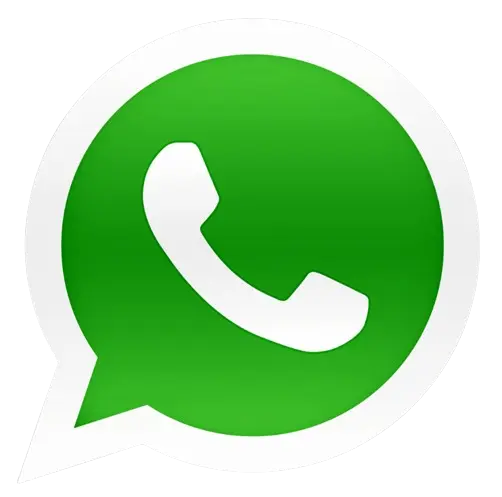$1,702 Stimulus Checks :For millions of Americans, October 2025 will bring long-awaited relief—$1,702 stimulus checks will be issued. The U.S. federal government has officially announced this plan, offering a glimmer of hope to citizens still struggling with high living costs, medical bills, and inflation-driven expenses. This stimulus package is part of a broader economic aid package aimed at helping working families, seniors, and low-income individuals who have been hardest hit in recent years.
With the new payment deadlines and eligibility details finally released, here’s everything you need to know about who’s eligible, when the payments will arrive, and how to ensure you don’t miss out on your $1,702 direct deposit this October.
What is the $1,702 Stimulus Payment?
The $1,702 stimulus payment, part of the federal Cost of Living Relief Act of 2025, is designed to provide direct cash assistance to American citizens. It is the government’s response to persistent inflation, rising housing costs, and supply chain challenges that have kept prices of essential goods like groceries, fuel, and healthcare high.
Unlike previous stimulus rounds related to pandemic recovery, this one focuses on economic stabilization. Its goal is to put additional cash directly into the hands of ordinary Americans—especially those living paycheck to paycheck—to ease financial burdens and boost consumer spending.
Each eligible recipient will receive a one-time $1,702 payment, either through direct deposit or a mailed check.
Who Is Eligible for the $1,702 Stimulus Check?
The eligibility criteria for the October 2025 stimulus checks are broad, ensuring that both individuals and families benefit. Here’s the breakdown:
-
U.S. Citizens and Permanent Residents
Only U.S. citizens, green card holders, and certain resident aliens are eligible for the payment. -
Income Requirements
-
Individuals earning less than $75,000 annually will receive the full $1,702 payment.
-
Heads of households earning under $112,500 also qualify for the full amount.
-
Married couples filing jointly with income under $150,000 will receive $3,404 (two payments).
-
Payments phase out gradually for higher earners and end entirely at $99,000 for individuals and $198,000 for joint filers.
-
-
Social Security & SSI Recipients
Seniors and individuals receiving Social Security, SSDI, or SSI benefits are automatically eligible. The funds will be deposited in the same account used for their monthly benefits. -
Tax Filers
Anyone who filed a 2023 or 2024 federal tax return is automatically considered for the payment. Non-filers may need to register through the IRS Non-Filer Portal (expected to reopen mid-October).
Payment Schedule: When will you receive your $1,702 check?
The IRS has released a detailed payment schedule to ensure smooth distribution of funds by October 2025. The start timelines are as follows:
- October 10, 2025: Direct deposits will begin for Social Security, Small Business Administration (SSI), and Veterans Affairs beneficiaries.
- October 17, 2025: Direct deposits will continue for taxpayers who filed returns before August 2025.
- October 24, 2025: Paper checks will be sent to individuals without a direct deposit system.
October 31, 2025: Final round of payments for late verifications and pending applications.
If you previously received stimulus payments via direct deposit, expect to receive your $1,702 payment that way. Otherwise, a paper check will be sent to your registered mailing address.
How to Check Your Payment Status
The IRS has reactivated its “Get My Payment” online portal on IRS.gov.
This allows recipients to track payment status, verify bank information, and update mailing details.
You can also contact the IRS Helpline or check for a deposit labeled “Federal Relief Payment – 2025” in your bank account. Make sure your information is up-to-date to avoid delays.
Why the $1,702 Payment Matters Now
The timing of this payment couldn’t be more crucial. Inflation has eased slightly, but it remains above pre-pandemic levels, making it difficult for many families to pay rent, medical bills, and utility bills.
The $1,702 relief checks are intended to boost disposable income, reduce household financial stress, and support local economies by encouraging spending. Economists say direct cash assistance is one of the most effective tools for stabilizing consumer demand during uncertain times.
For many Americans—especially seniors on fixed incomes and families with young children—this payment could mean paying bills, covering winter heating costs, or simply taking a breather this season.
Common Reasons for Delays
Some payments may take longer due to:
- Incorrect or outdated banking information
- Errors on previous tax returns
- Pending identity verification with the IRS
- Address changes not yet updated in the system
If your payment doesn’t arrive by November 15, 2025, you can file a payment trace request (Form 3911) with the IRS.
Beware of Scams
The IRS reminds citizens that it never asks for personal or banking information via email, text, or phone. If you receive such a message, it is likely a scam. Always check official government sources for updates.
Final Thoughts
The $1,702 stimulus checks are another important initiative by the federal government to ease financial pressure on millions of people. Whether it’s paying outstanding bills or helping families prepare for the upcoming holidays, this relief can make a big difference in the lives of Americans across the country.
If you meet the eligibility criteria, make sure the IRS has your information up to date – and keep an eye on your bank account this October. Relief is coming soon.
FAQs
1. How much will I receive?
Most eligible individuals will receive $1,702, while married couples filing jointly will get $3,404.
2. Do I need to apply for the stimulus payment?
If you’ve filed taxes in 2023 or 2024, you don’t need to apply. Non-filers may register via the IRS Non-Filer Portal.
3. When will payments start?
Payments begin rolling out on October 10, 2025, and continue through October 31, 2025.
4. Will Social Security recipients get it automatically?
Yes. Those receiving Social Security, SSDI, or SSI benefits will get the payment via direct deposit.
5. Is the payment taxable?
No, the $1,702 stimulus payment is not taxable income.

